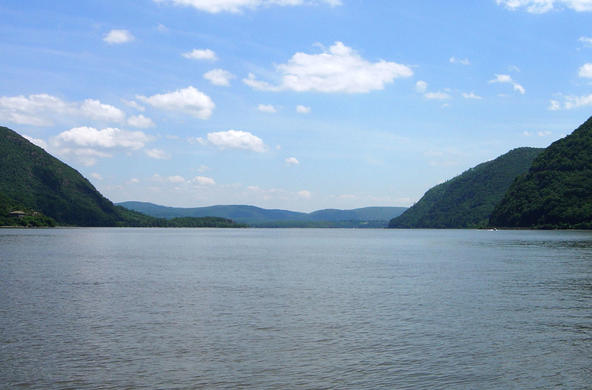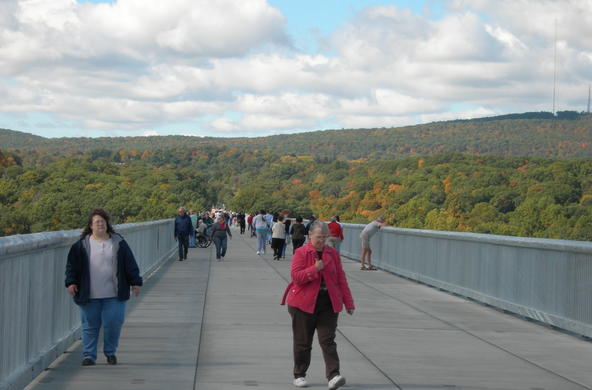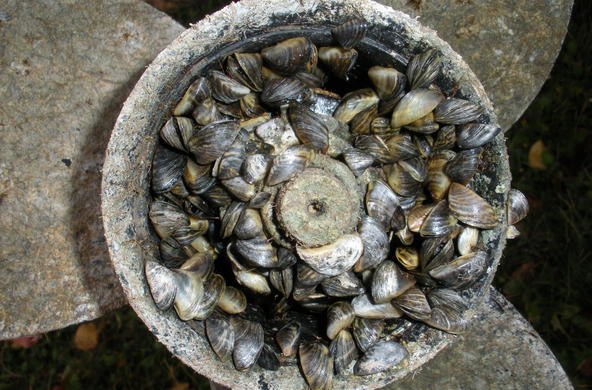HIGHLAND— Environmentalists often lament that the things they seek to protect can't speak for themselves. But for the Hudson River, that's not true anymore.
On the western side of Walkway Over the Hudson is a blinking sentinel of the river's ever-changing conditions.
The sign flashes temperature, turbidity, water levels and other data collected nearby.
The sign has been in place since July, but officials gathered Tuesday to draw attention to it because they know the greatest threat to the river is not pollution or natural disasters; rather, it's a lack of awareness and interest from residents and visitors.
"If nothing else," said Stuart Findlay, a senior aquatic ecologist at the Cary Institute of Ecosystem Studies in Millbrook, the hope is that passers-by "get the message there are people out here trying to study the river, understand what is happening, track how it is changing and forecast what may come in the river ... because it does belong to everybody."
The $10,000 sign, paid for by a grant from the nonprofit Hudson River Foundation, is fed every six minutes with fresh data beamed from a station inside a boathouse at Marist College.
River water collected 100 feet off shore from the boathouse and 50 feet down is pumped through a stainless steel tube, analyzed automatically and then flashed by radio waves to the Walkway.
The monitoring station at Marist went online in 2012.
It is one of 12 stations in the Hudson River Environmental Conditions Observing System, ranging from the New York Harbor to the upper Mohawk River.
The Marist station is a partnership between the college, the Cary Institute, the U.S. Geological Survey and the state Department of Environmental Conservation's Hudson River Estuary Program.
"Think of it as a window into the unseen river," said Fran Dunwell, coordinator of the DEC's estuary program, "where you can understand what is going on with the tide, with the currents, with the oxygen in the river and what is happening with storms.
"All of these things are recorded in real time," says Dunwell.
Now they are being broadcast to the half-million visitors who come to the area's best-attended state park each year.
"I think it is wonderful," said Highland resident Nancy Bruno, who likes to kayak on the Hudson. "I think it is important to call attention to the river. I think the more people are informed, the more they will do to keep it clean."
Video
Walkway visitors can learn about conditions in the Hudson River from an nterpretive sign. (Please note: embedded video includes ads)







